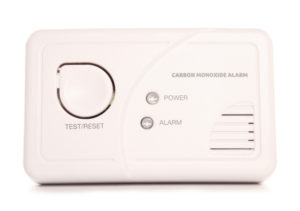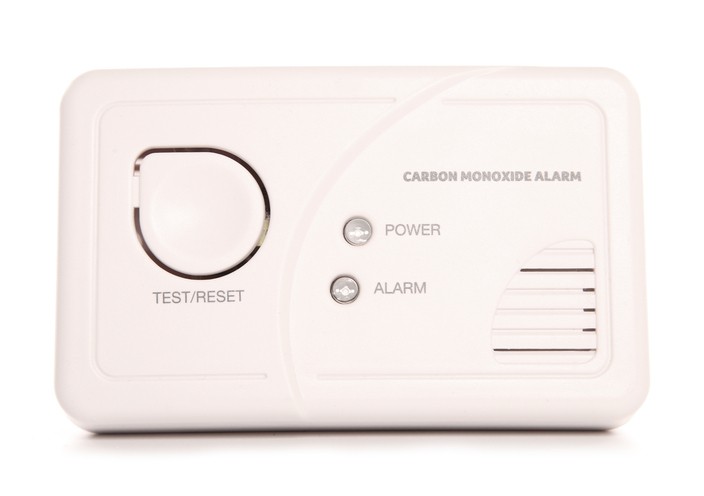 If you’re like a lot of people, you’ve probably heard of carbon monoxide poisoning, but you may not know that it can be caused by a faulty home heating system.
If you’re like a lot of people, you’ve probably heard of carbon monoxide poisoning, but you may not know that it can be caused by a faulty home heating system.
What is Carbon Monoxide (CO)?
Carbon monoxide (CO) is an invisible, odorless gas that is produced when fuel, including natural gas, wood and charcoal is burned. At low levels, carbon monoxide gas is harmless, but prolonged exposure to high levels can be fatal for humans and pets.
The risk of poisoning occurs when the gas is leaked into your home, instead of being properly vented away from your HVAC system to the outdoors.
Carbon Monoxide and Home Heating Systems
According to the U.S. Consumer Product Safety Commission, approximately 200 people in the U.S. die each year from carbon monoxide poisoning caused by problems with their home heating systems. And the Centers for Disease Control and Prevention (CDC) recommends that homeowners have their “heating system, water heater, and any other gas, oil, or coal burning appliances serviced by a qualified technician every year” to reduce the risk of CO poisoning.
Symptoms of carbon monoxide poisoning include: dizziness, nausea, headache, weakness, confusion, and chest pain. Prolonged exposure can lead to loss of consciousness. The best course of action for someone displaying the symptoms of carbon monoxide poisoning is to get them away from the source, and into the fresh air as soon as possible, and seek immediate medical attention.
Stop Leaks Before They Occur
The best way to protect your family is to prevent the occurrence of a CO leak before it happens. To do this, it is suggested to get a heating tune up by a professional. They will check for small cracks in your HVAC system, which could cause a potential gas leak, and repair them.
Carbon Monoxide Alarms
Because CO is an odorless gas that’s undetectable to the human eye, it’s impossible to detect its presence using our five senses. This can have deadly consequences. The solution is to have carbon monoxide detectors installed in your home. They are relatively cheap and should be placed at least five feet high on walls, or on ceilings.
Check out this CO alarm buying guide for additional information.
Have questions, or additional tips you’d like to share? Please leave a comment below.


